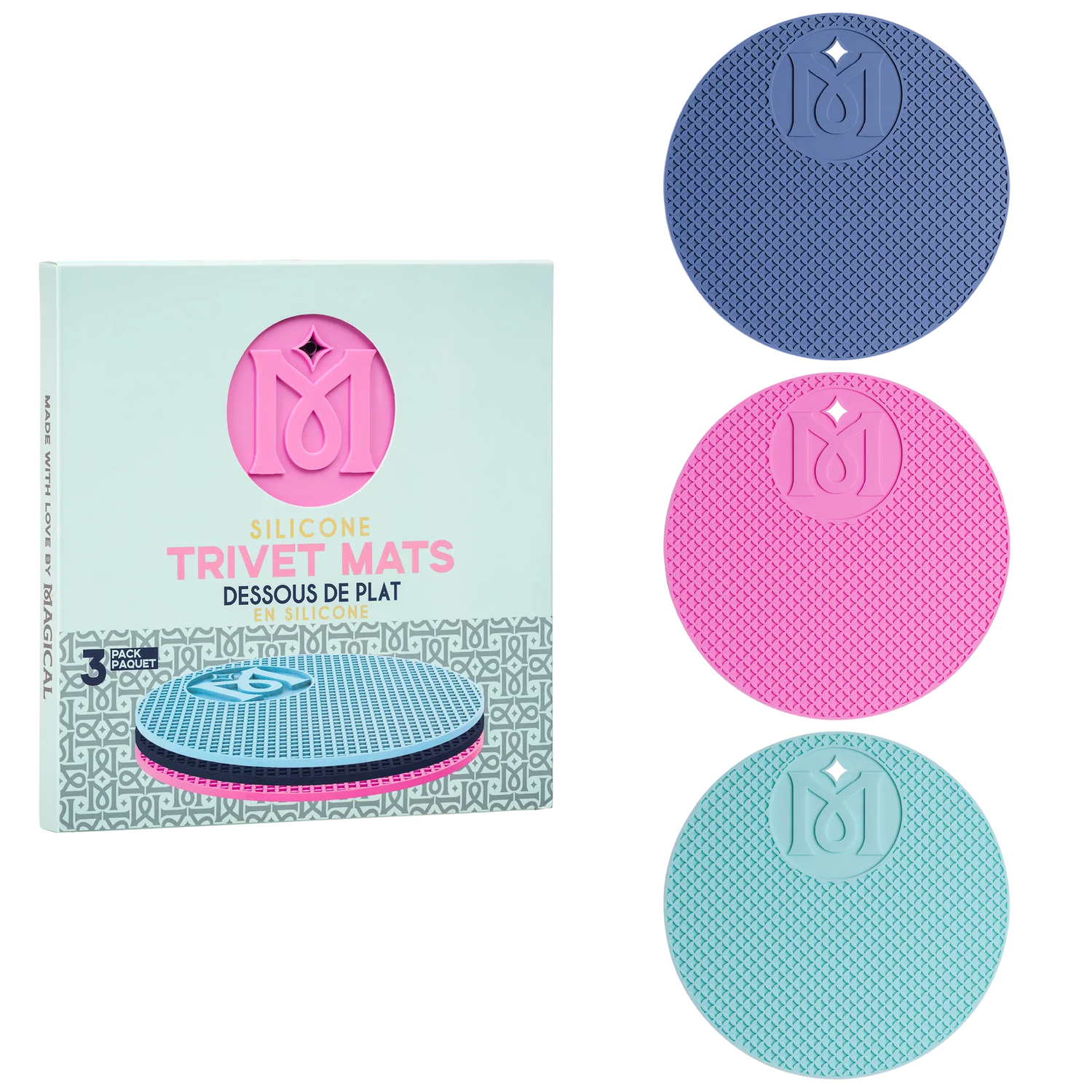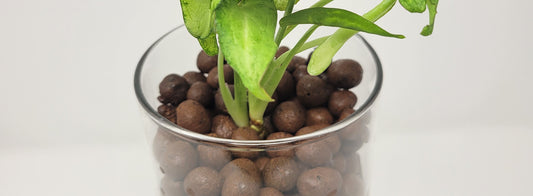Learning to mix multi-part nutrient solutions for hydroponics or soil can seem complex. How do you mix fertilizer? How do you know your solution is strong enough? What do you do if your solution is too strong? How do you know the pH? How does pH affect your plant? Luckily, it’s not as confusing as it first seems.
Concentration
There are two ways to measure the strength of a solution, TDS or EC. Measured in ppm (particulates per million), TDS (total dissolved solids) meters indicate the concentration of fertilizer mixed into water. Plants typically need a lower concentration of nutrients in early growth and will require more as they move through the growth phases.
EC (electrical conductivity) meters measure the ability of the solution to conduct electricity. Hydroponic fertilizers use salt-based nutrients, so as more nutrients are added, their ability to conduct electricity increases. EC meters tend to be more expensive than TDS meters.
Mixing Nutrients
Before mixing your nutrient solution, the first step is to measure your water. Knowing your water gives you a place to start from. For details about what's in your water, you can find local water reports free online from your municipality. But for the most part, you just need to know the concentration of existing dissolved solids. If the ppm is above 100, you may want to consider filtered or RO water.
To begin, you’ll need to know the recommended ppm or EC for your plants. You can find them using a chart like this one. For most vegetables, you’ll want to start at about 1/2 of the recommended nutrient dose. For multi-part nutrients, fully mix each part before adding the next. A small, submersible fountain pump can speed up the process. (Remember Part A → Part B, or Micro → Grow → Bloom)
Once your solution is mixed, dip the end of your TDS or EC meter into the water making sure not to submerge the electrical components as many are not waterproof. At this point, if it is too low, you can only add more of the LAST nutrient in the set (usually Part B or Bloom). If it is too high, you’ll need to add water until it is in the correct range. Once your nutrient solution has the right concentration, you’ll need to check the pH.
pH
pH is a measure of how acidic or basic something is. In order to take up nutrients, plants need a soil/water pH of about 5.5 to 6.5, with exceptions. If the pH is outside this range, nutrients begin to lock up and your plant will suffer from deficiencies. (If you suspect nutrient lock: for hydro mix a new reservoir of nutrients, for soil flush with fresh water until the ppm are low)
To measure the pH of your solution, you can use a pH pen or liquid test kit. To adjust your pH, use a pipette and add just a few drops of pH up or pH down at a time. pH adjusters are extremely concentrated, so you’ll want to go slow. Mix thoroughly and measure again. Repeat until you achieve the desired pH level.
Mixing quality nutrients for your plants is a step toward healthier plants and better harvests. We want to help you grow the best plants you’ve ever had. If you have questions about mixing or measuring nutrients comment below.






2 comments
I’m so glad we were able to help you!
That helped a lot thank you